The Next Generation Printing Ink Market is currently characterized by a dynamic competitive landscape, driven by innovation, sustainability, and technological advancements. Key players such as Sun Chemical (US), DIC Corporation (Japan), and Siegwerk Druckfarben AG & Co. KGaA (Germany) are at the forefront of this evolution. Sun Chemical (US) has positioned itself as a leader in sustainable ink solutions, focusing on eco-friendly products that meet the growing demand for environmentally responsible printing. DIC Corporation (Japan) emphasizes digital transformation, investing heavily in R&D to develop next-generation inks that cater to the digital printing sector. Meanwhile, Siegwerk Druckfarben AG & Co. KGaA (Germany) is enhancing its operational focus on circular economy principles, integrating sustainability into its core business strategy. Collectively, these strategies not only enhance their competitive positioning but also shape the market dynamics by pushing the boundaries of innovation and sustainability.
In terms of business tactics, companies are increasingly localizing manufacturing to reduce lead times and optimize supply chains. This approach appears to be a response to the growing demand for customized solutions and rapid delivery. The market structure is moderately fragmented, with several players vying for market share, yet the influence of major companies remains substantial. Their collective efforts in innovation and sustainability are likely to set the tone for future developments in the industry.
In August 2025, DIC Corporation (Japan) announced a strategic partnership with a leading digital printing technology firm to co-develop advanced ink solutions tailored for high-speed digital printing applications. This collaboration is expected to enhance DIC's product offerings and strengthen its position in the rapidly evolving digital printing market. The strategic importance of this partnership lies in its potential to accelerate innovation and meet the increasing demand for high-quality, efficient printing solutions.
In September 2025, Sun Chemical (US) launched a new line of bio-based inks designed for flexible packaging applications. This initiative underscores the company's commitment to sustainability and aligns with the growing consumer preference for eco-friendly products. The introduction of these inks not only enhances Sun Chemical's product portfolio but also positions the company as a pioneer in sustainable printing solutions, potentially attracting environmentally conscious clients.
In October 2025, Siegwerk Druckfarben AG & Co. KGaA (Germany) unveiled its latest initiative aimed at achieving carbon neutrality across its production facilities by 2030. This ambitious goal reflects the company's dedication to sustainability and its proactive approach to addressing climate change. By committing to carbon neutrality, Siegwerk is likely to enhance its brand reputation and appeal to a broader customer base that prioritizes environmental responsibility.
As of October 2025, the competitive trends in the Next Generation Printing Ink Market are increasingly defined by digitalization, sustainability, and the integration of artificial intelligence. Strategic alliances among key players are shaping the landscape, fostering innovation and enhancing product offerings. Looking ahead, it is anticipated that competitive differentiation will evolve, shifting from traditional price-based competition to a focus on innovation, technological advancements, and supply chain reliability. This transition may redefine the market dynamics, compelling companies to invest in R&D and sustainable practices to maintain their competitive edge.



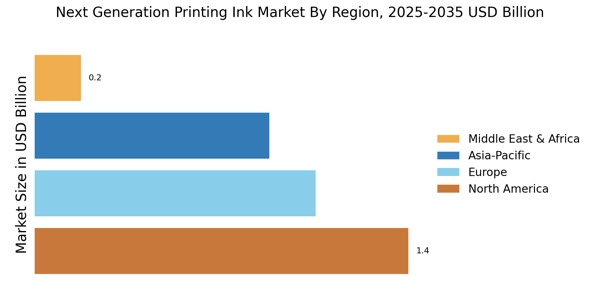
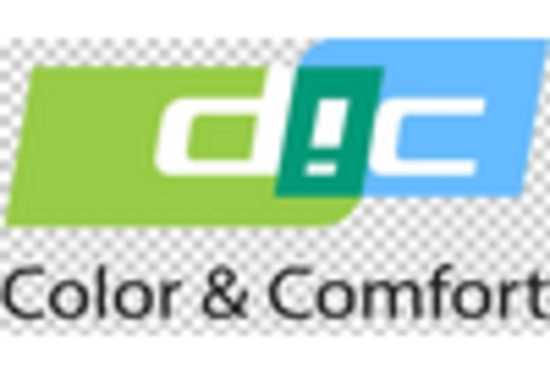
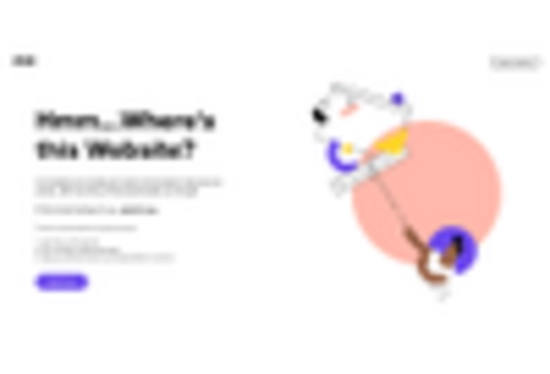
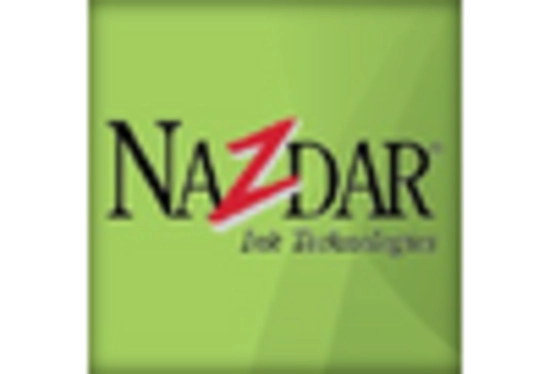
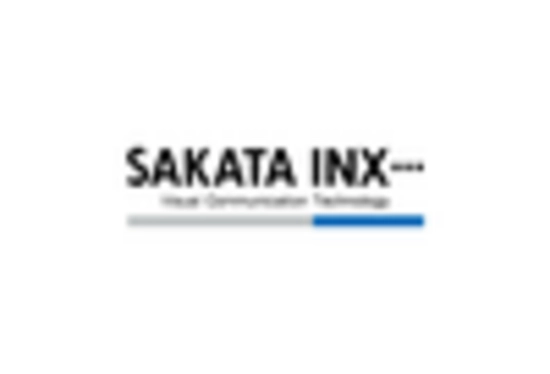
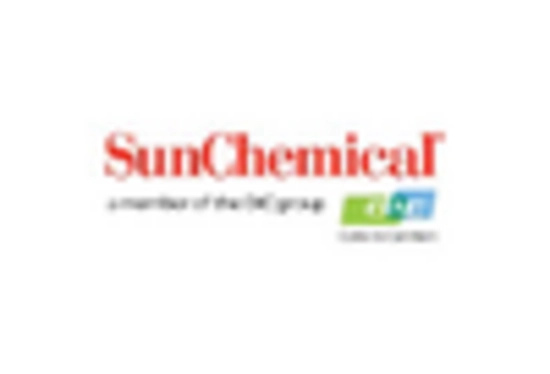
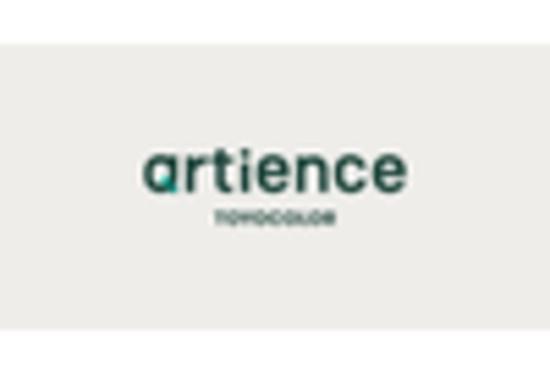








Leave a Comment